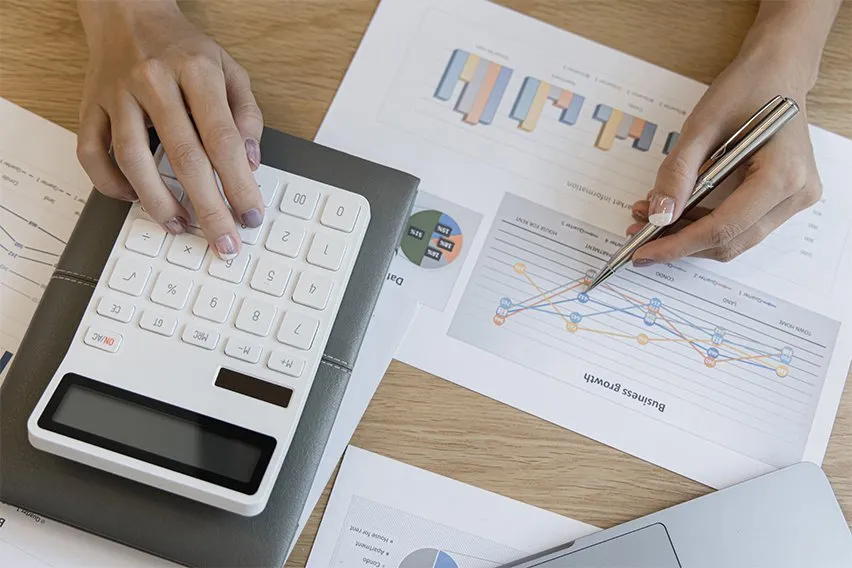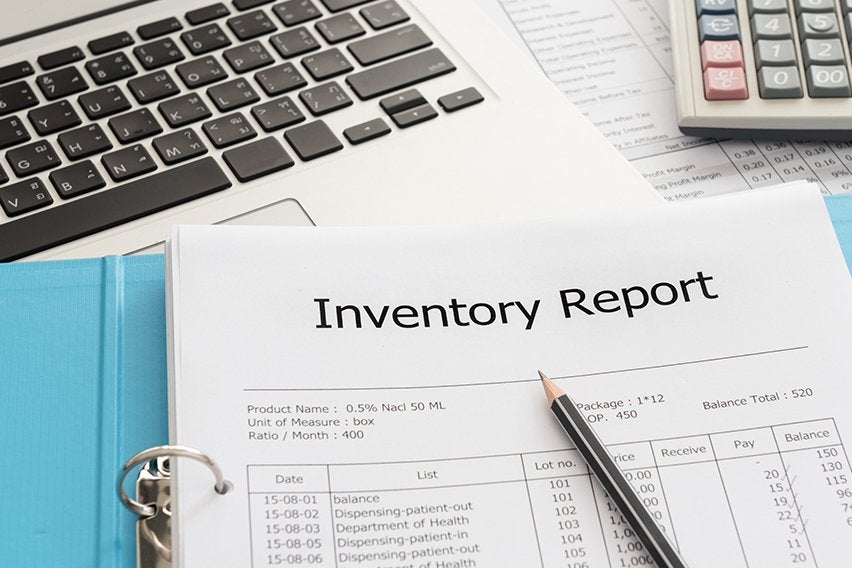Direct Vs Indirect Cash Flow Method: What’s the Difference?

When running a business, a huge amount of work is undertaken by your accounting department.
They are in charge of the inner workings of your finances. They help to record and control everything from your ingoings and outgoings to your cash flow statements.
There are a number of ways that an accounting department may choose to work. But one of the main ways of working on a statement of cash flow is via either the direct method, or the indirect method.
But what exactly is the direct and indirect method for the statement of cash flows? We’ll take a closer look at the definition for both. We’ll also look at the main differences between the two so that you can make the right decision for your business accounts.
Here’s What We’ll Cover:
When Would I Use Direct or Indirect Cash Flow Methods?
What Is the Direct Cash Flow Method?
Why Use the Direct Cash Flow Method?
What Is the Indirect Cash Flow Method?
Why Use the Indirect Method of Cash Flow?
What Is the Difference Between the Two Methods?
When Would I Use Direct or Indirect Cash Flow Methods?
If this is your first time broaching the subject of either of these methods then you may want to start with figuring out the “why” instead of the “what”.
When putting together a cash flow statement or financial reports, one of the first things you’ll want to do is figure out your method. This decision will entail whether you’re going to get your final figures through using the direct method for cash flows, or the indirect method.
To put this simply, the direct and indirect cash flow methods are the way you can figure out your business’s net cash flows.
Both of these methods should leave you with the same figure, but they both take a different journey to get to that figure. It’s in fact the calculation that differs between the two as it draws upon different sources of data to reach the final figure.

When figuring out which method to use, you’ll have to look at a variety of different factors that are specific to your business. These factors can include things such as:
- Which method suits the data I have?
- Which aspects do I want to focus on in detail?
- Do I need to figure out why my cash payments are different from my profit?
- Do I need to put a closer focus on how well I manage my cash flow?
Now that we’ve got a better understanding of the scenario, let’s take a look at both methods.
What Is the Direct Cash Flow Method?
The direct cash flow method calculates your closing financial position by directly totalling up all of your individual cash transactions. This is why this method is aptly named the direct method.
Using this method means that you exclude non-cash related transactions from the outset. This is a purer way of looking at your finances as it only consists of real cash moving in and out of your accounts.
Your direct cash flow report is a more structured way of tracking your banks income statement over a certain period of time. All of this information and transactions are then collated together in an organised manner.
Examples of cash transactions can include:
- Cash received from customers
- Cash that you’ve paid to suppliers
- Cash used to pay your staff
- Cash that is paid in interest for things such as loans
Why Use the Direct Cash Flow Method?
The direct method is perhaps the best way of calculating a report on your cash flow that focuses on analysis. You can focus on your cash management and help to create ‘what-if’ scenarios.
It is a slightly clearer way that can help you to identify any cash related problems that may be more hidden away when using the indirect method.
As this method ignores any non-cash items, there is no chance of you getting your figures muddied by irrelevant transactions. This would include transactions that aren’t relevant to the cash flow such as depreciation and unpaid invoices.
Via this forecasting, you can look at the past and present data. You can then use that information to make better decisions regarding the future of the business.
What Is the Indirect Cash Flow Method?
The indirect cash flow method works by taking your net profit figure from your profit and loss statement. You then adjust this figure for all of your non-cash transactions.
Once these adjustments have been made, the net result will be your closing financial position.
To make this a bit clearer, let’s look at an example of using the indirect cash flow method. In this example, your business will have a net profit of $2,500. We’ll then take into account four different adjustments which will leave us with a net cash figure:
Net Profit: $2,500
Adjustment 1: Accounts Payable: +$200
Adjustment 2: Accounts Receivable: -$250
Adjustment 3: Inventory: -$300
Adjustment 4: Depreciation: +$150
Net Cash from Operating Activities: $2,300
So therefore, your net profit is the result of all of the transactions that are recorded on your profit and loss report. On the indirect cash flow, you have to then work through your cash inclusions and exclusions to get to the final net cash figure.
These adjustments will come from your balance sheet report. This is where you can see the totals for any changes in things such as your total inventory value and your accounts payable or receivable.
Why Use the Indirect Method of Cash Flow?
The indirect method is commonly used by a number of businesses across the world. It’s popular as it’s a simple way of calculating your cash flow. It can also be done quickly with data that is easy to gather from your accounting software.
The problem with the indirect method is it doesn’t offer a clear picture of the origins of your cash. So you’ll get an accurate end result, but you’ll be left with a lump figure. This means that you can’t break down or analyse anything in any sort of fine detail. This makes it harder to forecast or make future decisions.

What Is the Difference Between the Two Methods?
One of the main differences between the direct and indirect method of presenting the financial statement of cash flows is the type of transactions that are used to produce the cash flow statement.
They both will come to the same figure, but via different sets of data.
The indirect method uses your net income as its base and comes to a figure by the use of adjustments. Whereas the direct method will only focus on the cash transactions and produces the flow from the operations of your business.
It’s also important to note that the accuracy of the indirect method is slightly less than the direct method. This is because it uses adjustments where the direct method does not.
Key Takeaways
Both methods are valid and viable to use for your business. So when you’re deciding which method to use, it’s important to take your business circumstances into consideration.
Which method will gather the most insightful information for your business? This should be the key point for anyone making a decision on how to figure out their finances on a cash basis.
Are you looking for more business advice on everything from starting a new business to new business practices?
Then check out the FreshBooks Resource Hub.
RELATED ARTICLES

 What Is Direct Method Cash Flow?
What Is Direct Method Cash Flow? What Is Project Accounting? A Complete Guide
What Is Project Accounting? A Complete Guide What Is Net Profit?
What Is Net Profit? 5 Different Types of Accounts in Accounting
5 Different Types of Accounts in Accounting What Is an Expense Account? Definition, Types & Tips
What Is an Expense Account? Definition, Types & Tips Inventory Cost: Definition & Types
Inventory Cost: Definition & Types